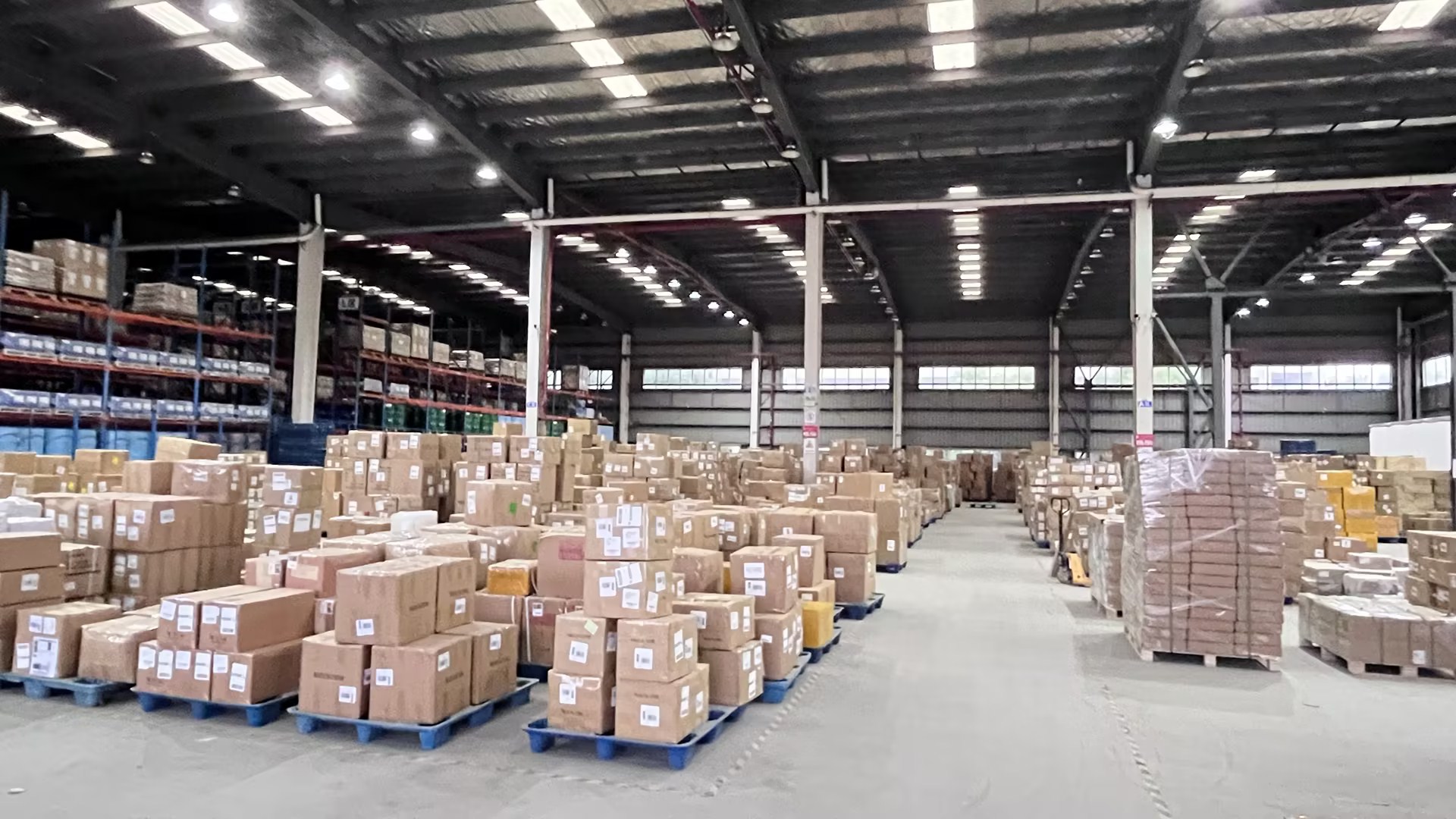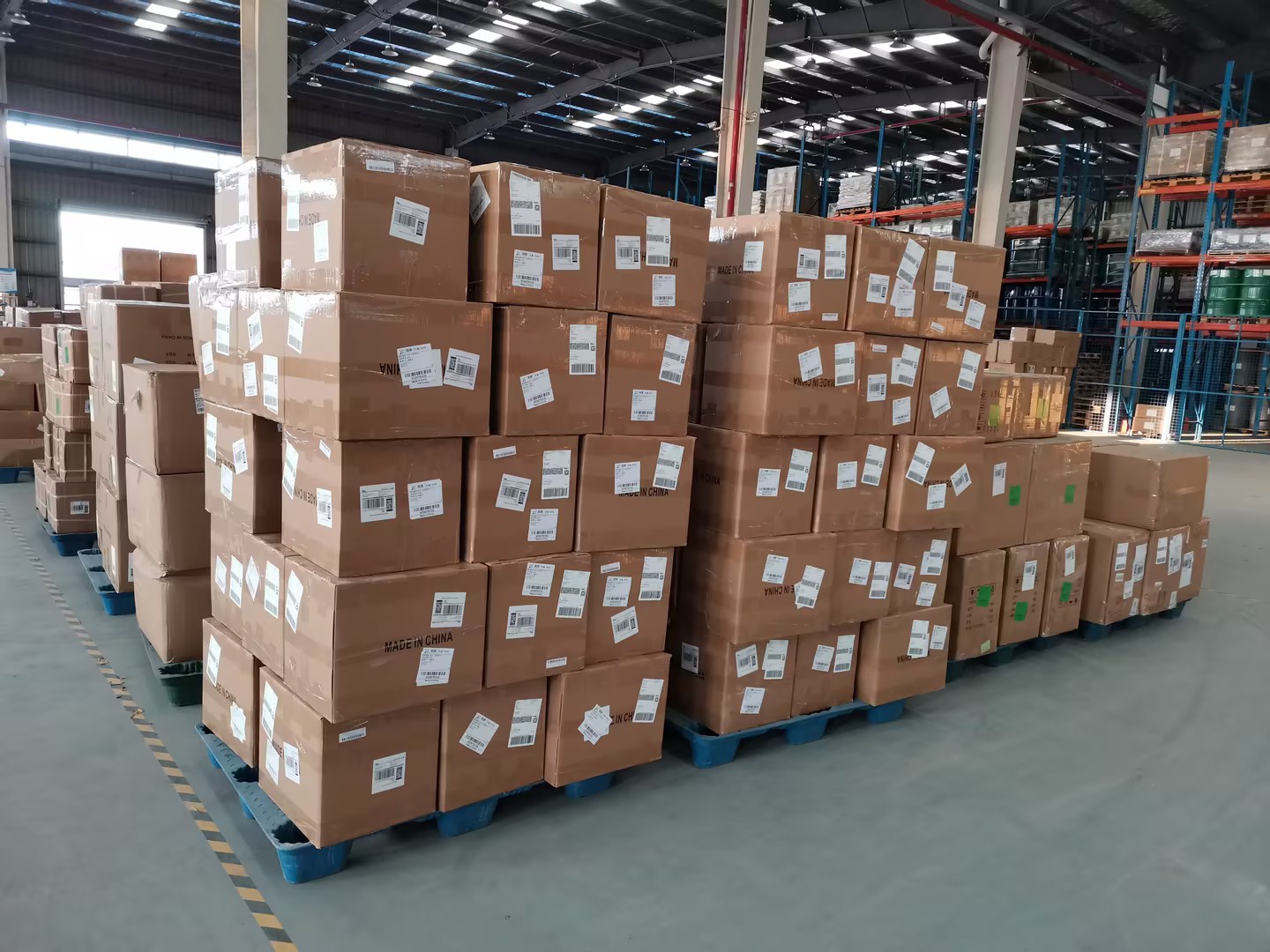DDP or LDP? Understanding the difference between DDP and LDP in one article

DPP is familiar to many people, but LDP believes that there are still some who do not know its specific meaning, and sometimes may even equate the two.
Let's first review the definitions of DDP and LDP:
What does DDP mean?
DDP (Delivered Duty Paid) "Delivered Duty Paid" refers to the seller transporting the goods to the buyer's designated location after completing import customs
clearance procedures at the designated destination The goods that have not yet been unloaded shall be handed over to the buyer. If the delivery is completed,
the seller shall bear all risks and costs of transporting the goods to the designated destination, including any taxes and fees that should be paid at the destination
when customs procedures are required (including the responsibility and risk of handling customs procedures, as well as paying fees, tariffs, taxes, and other fees).
This shows that under DDP terminology, the seller bears a significant responsibility.
What does LDP mean?
LDP (English full name Landed Duty Paid), like DDP, is the process in which the seller pays import taxes and delivers the goods to the location designated by the buyer.
The seller bears the risk and cost, including import taxes, customs inspection fees, and any other taxes or fees that must be paid due to the import and delivery of the
goods to the buyer.
Seeing this, many people may think that LDP is equivalent to DDP? Although LDP and DDP both represent delivery after tax at the destination port, there are significant
differences in their essence. Let me analyze the substantive differences between the two in detail.
This needs to be traced back to the root cause of LDP. The use of LDP trade is relatively rare, mainly in contact with American customers during transactions, and clothing
is involved more. In earlier years, quotas were required for clothing exports to the United States. Since the clothing export quota is fixed so much every year, in the case of
too many monks and too few porridge, it is transferred through a third country (such as Singapore) and then shipped to LA (Los Angeles) in the United States to escape the
quota restrictions.
Of course, the specific operation is quite cumbersome. Not only can the product not have the MADE IN CHINA main mark, but it also requires a solid foreign relationship to
proceed. Otherwise, re declaring and shipping the goods to Singapore can be very troublesome, and once something goes wrong, no one will help you handle it.
Starting from January 1, 2005, quota restrictions on textile and clothing trade among members of the World Trade Organization (WTO) were lifted, entering the era of free trade,
which eliminated the need for clothing exports to the United States to be transshipped through third countries.
In recent years, in the clothing trade between China and the United States, American buyers (purchasers) are no longer just satisfied with DDP. They will hope that domestic suppliers
(factories, trading companies) can provide them with LDP services. That is to say, without issuing a POA, the seller (supplier) is responsible for customs clearance and tax payment in
the United States.
If you want to have a deeper understanding of the differences between DDP and LDP, you can also leave a message to consult us. Shanghai Xiangcheng International Freight Forwarder
has 15 years of international logistics transportation experience and supports the import of DDP/LDP clothing to the United States. If you have any needs in this area, please feel free to
contact us on the homepage!

Previous:Recent developments on the strike in Canada
Next:DDP delivery: buyer's blessing, one-stop delivery to door